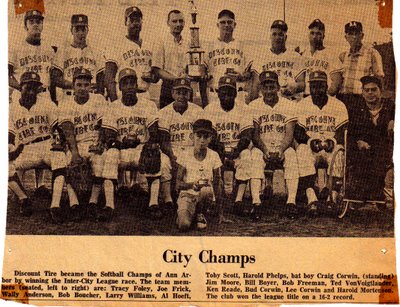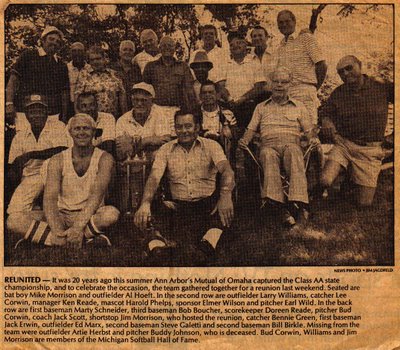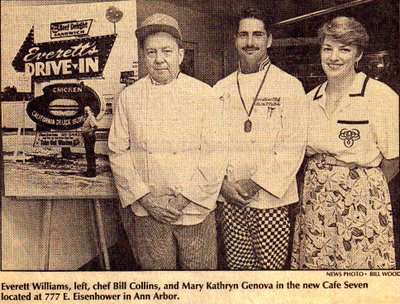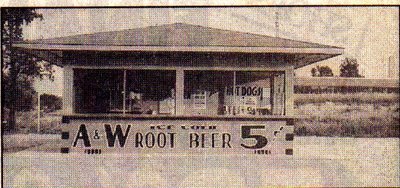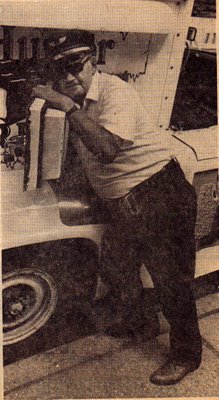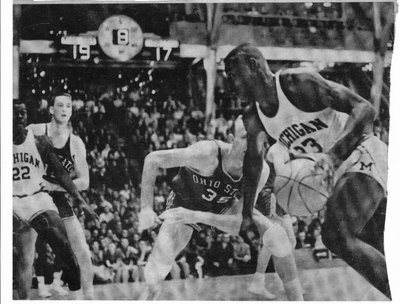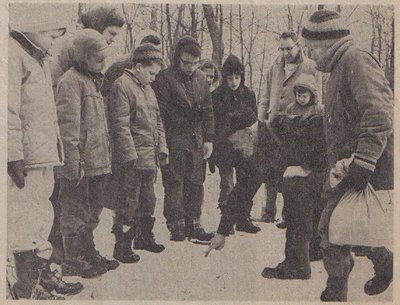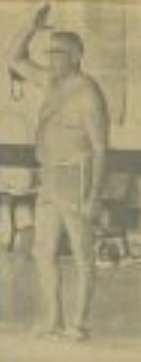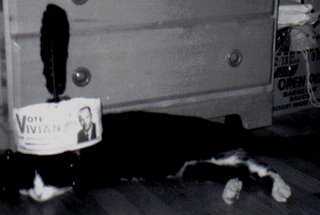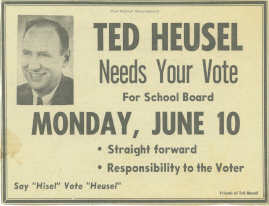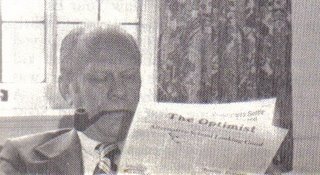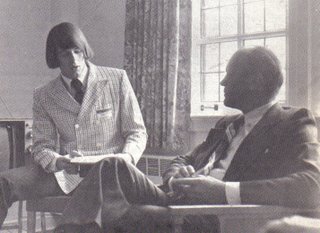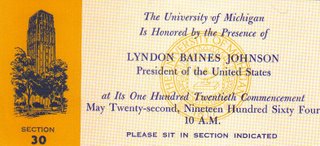History vs. the wrecking ball

It was early in the year 1969. On a Saturday afternoon we headed toward the U of M athletic campus to see a basketball game. Parking the car north of Michigan Stadium, we began walking toward Crisler Arena when we heard that awful sound - the sound of a wrecking ball hitting concrete. Before I even turned in the direction of the sound, I knew what it must be - they were tearing down the historic Ferry Field football stands. My heart sank, and I knew that even if Michigan won the basketball game, this would not go down in history as a good day.
From the late 20s when the Michigan football team moved into the new stadium until the late 60s the stands had been used for track meets only. Of course they had deteriorated with age and less than a year before they came down a friend and I had wandered over to check them out when we became bored at a Michigan baseball game. There were barricades about 2/3rds of the way up and signs saying it was unsafe to go any higher. My friend ignored the warning and went to the top. I wasn't so brave.
In my office at work I have a large picture of Michigan Stadium and the surrounding area that was taken from an airplane by Dale Fisher on the day of the 1968 Michigan-Michigan State football game. One of my favorite things about the photo is that in the upper-left hand corner you can clearly see the Ferry Field stands still standing. In my mind's eye, that's the way the U of M athletic plant is SUPPOSED to look.


